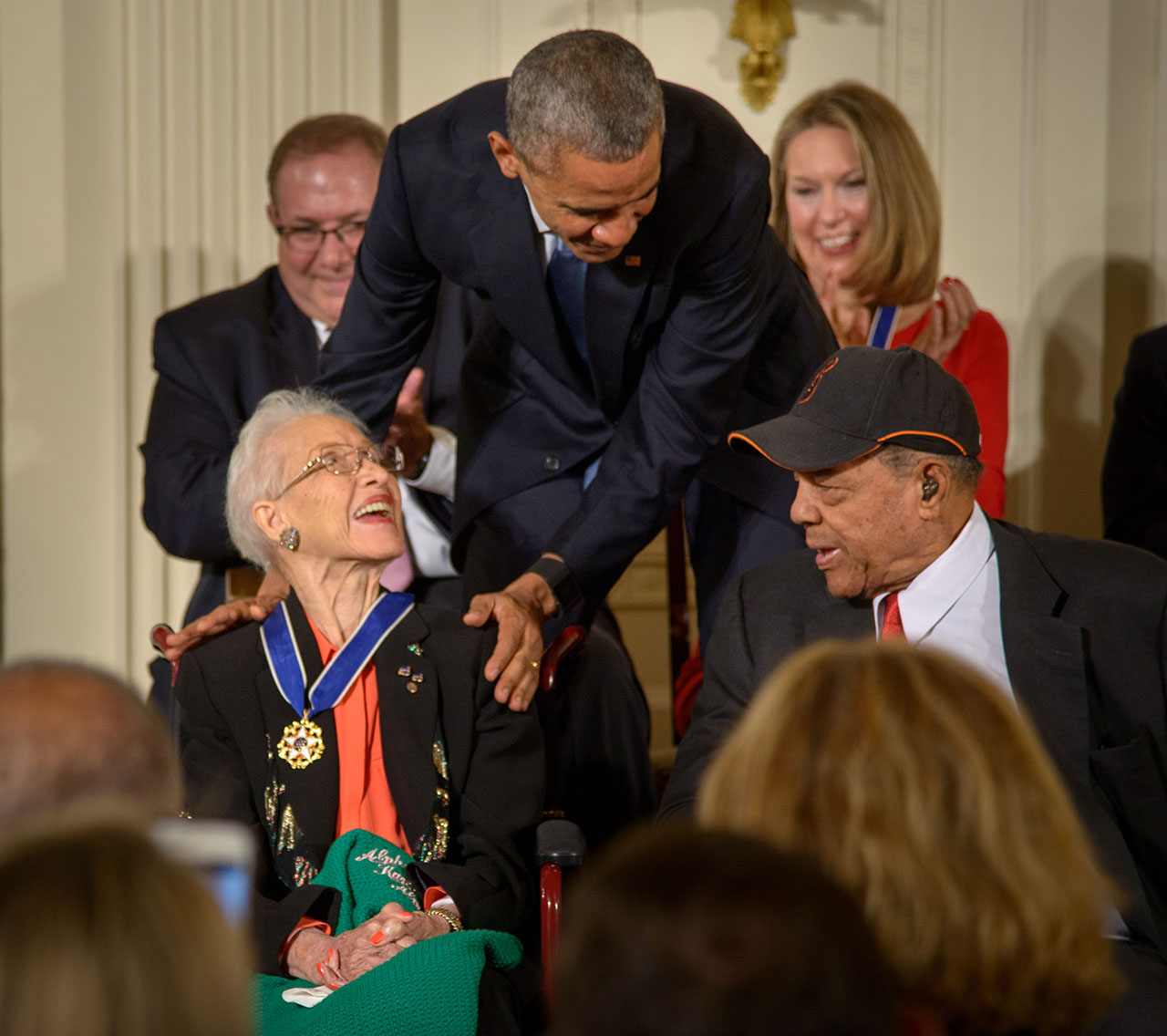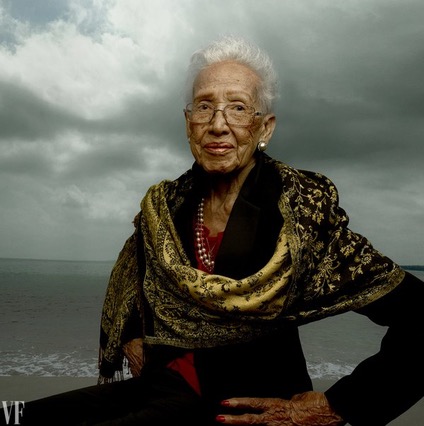

There, James took a job as a painter at the Newport News naval shipyard, while Katherine, in June 1953, began work at Langley.Īfter two weeks Katherine was seconded to the flight research division. However, in 1952, the family, encouraged by James’s brother-in-law, moved to the Virginia peninsula. But then, after a single term, she became pregnant and forsook academia.Īs her three daughters grew up, she returned to teaching. The following year, partly as a consequence of a plan by the National Association for the Advancement of Colored People to bring about the desegregation of the hitherto all-white West Virginia University in Morgantown, she was one of three black students, and the first black woman, to enrol on a master’s course there. In 1939 she moved back to West Virginia, to a school in Morgantown, and married James. She then began teaching at the Marion school in Virginia, where she met James Goble, a chemistry teacher.

He tailored courses for her, and she graduated with the highest honours in maths and French in 1937, aged only 18. In 1933, aged 15, she graduated to the West Virginia State College, where her teachers included William Schieffelin Claytor, an outstanding African-American mathematician, who was himself the subject of sustained discrimination during his career. During holidays she worked at the Greenbrier, where she perfected her French, aided by a Parisian chef working at the resort. Katherine entered that school as a 10-year-old. The Colemans’ response was to rent a house near an African-American high school run by the West Virginia State College on the outskirts of Charleston. Her mother, Joylette, was a teacher.Įducation for African-Americans in Greenbrier County ended at the age of 12. Her father, Joshua Coleman, had farmed and worked as a lumberman, and, in the 1930s, was employed at the local upmarket resort, the Greenbrier. The youngest of four children, with an older sister and two older brothers, Katherine was born in White Sulphur Springs, a small town in Greenbrier County, 120 miles south of the West Virginian capital, Charleston. The West Area computers were subject to the racist Jim Crow laws, required in theory – but not always, for Johnson, in practice – to use separate offices, toilets and cafeterias from their white counterparts, until the birth of Nasa in 1958. By 1949 Dorothy Vaughan had become the first African-American section head within the NACA, of the female-only, segregated West Area computing unit at Langley, which Johnson joined as a “computer” four years later. It was in 1943 that Langley, then part of Nasa’s predecessor, the National Advisory Committee for Aeronautics (NACA), hired its first five black female mathematicians. Johnson was one of a group of remarkable women who fought every obstacle an entrenched deeply racist society could throw at them and, eventually, they won.

But Shetterly’s book, and the ensuing film, with Taraji P Henson in a starring role as Johnson, helped change that. Until recently the contribution made by Johnson and her fellow African-American colleagues to the US space programme went largely unheralded outside – and sometimes inside – Nasa.

“We were concerned about them getting back.” She was later involved in the early years of the space shuttle, and the Earth Resources satellite. “Everybody was concerned about them getting there,” she said in 2010. Johnson was still calculating trajectories in July 1969 when Neil Armstrong and Buzz Aldrin made the first moon landing, and in 1970 when the Apollo 13 mission was aborted and nearly ended in disaster. Barack Obama presenting Katherine Johnson with the presidential medal of freedom in 2015.


 0 kommentar(er)
0 kommentar(er)
